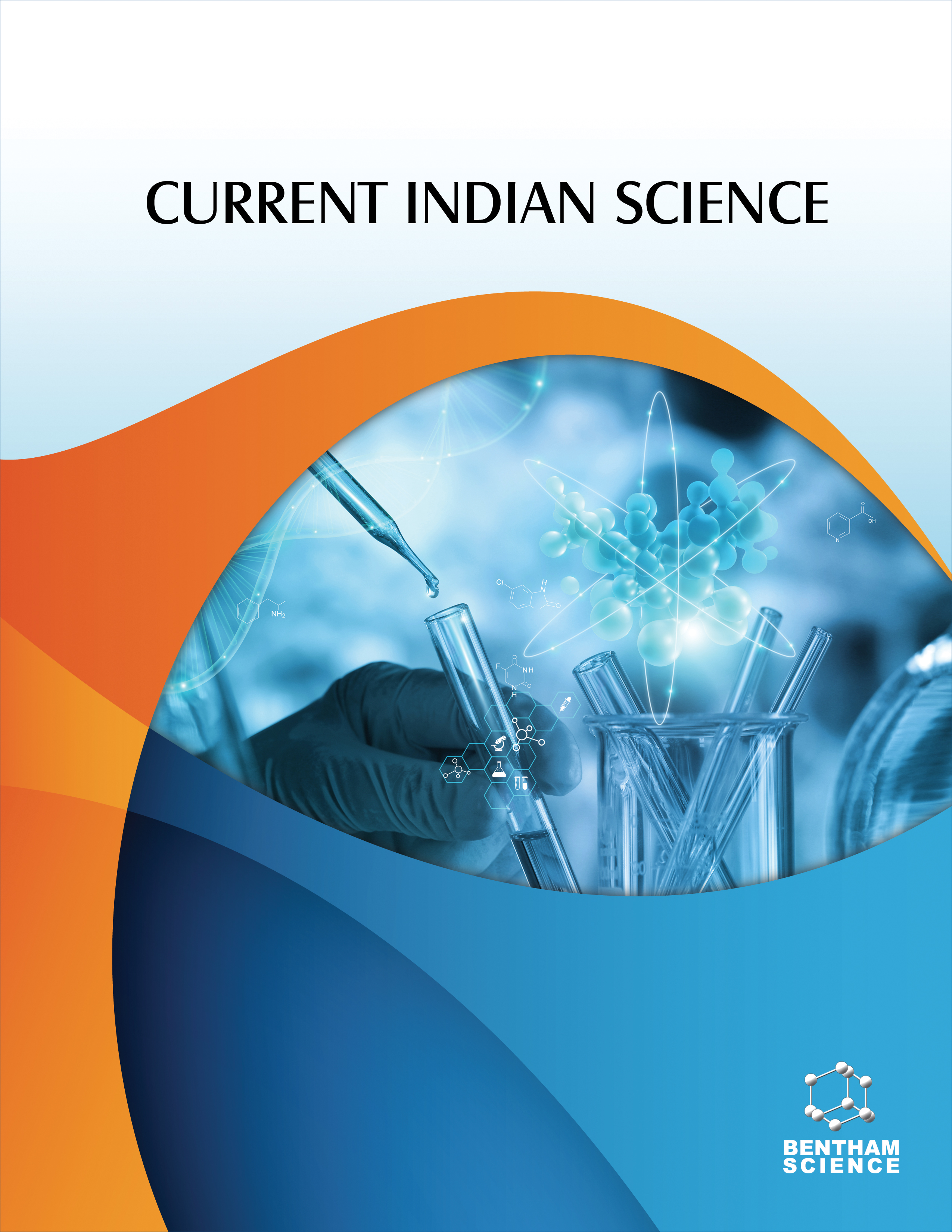-
oa Synthesis of New Zirconium (IV) Schiff-base Complexes: Spectral, Theoretical, and Molecular Docking Studies
- Source: Current Indian Science, Volume 1, Issue 1, Jan 2023, E210723219005
-
- 10 Jan 2023
- 16 Jun 2023
- 01 Jan 2023
Abstract
The development of the discipline of coordination chemistry owes a great deal to the use of Schiff-base metal chelates. Both Schiff base ligands and metal complexes are of interest due to their potential pharmacological effects. Schiff base derivatives have an extensive range of biological effects, including antitumor, antifungal, antibacterial, anticonvulsant, and antiviral properties.
This study aimed to study the inorganic compound-based metallodrugs that have recently come into existence to provide an effective mechanism for medications that depend on the metal used and its characteristics. An effective platform for diverse pharmacological and therapeutic uses can be found in medicinal complex substances.
The bi-molar reactions of zirconium tetrachloride with bidentate ligands were carried out in dry THF and were characterized by IR, UV-Visible, NMR and C, H, N, S analysis. The DFT method was used to investigate the molecular stability and bond strengths. Gaussian 09 and MolDock were used to optimise the geometry and to calculate the binding energy of all the complexes, respectively.
The analysis of the data revealed that the Schiff base, which has bivalent ligands (NS), was coordinated to zirconium via nitrogen and sulfur atoms. The optimum values for the structural parameters were calculated by density functional theory. Compound 5 showed the highest MolDock Score (-123.47 kcal/ mol) and H-bond interaction with active amino acids.
The spectroscopic result indicates that the zirconium compounds were all non-electrolyte monomers with deformed octahedral structures. Compound 5 was shown to be the most active and effective of the bunch by both Gaussian software calculations and molecular docking study.


